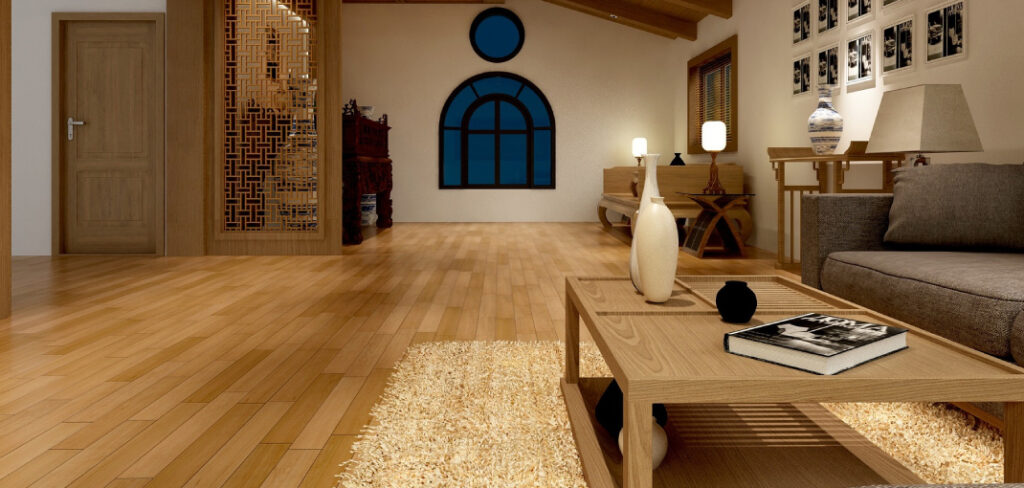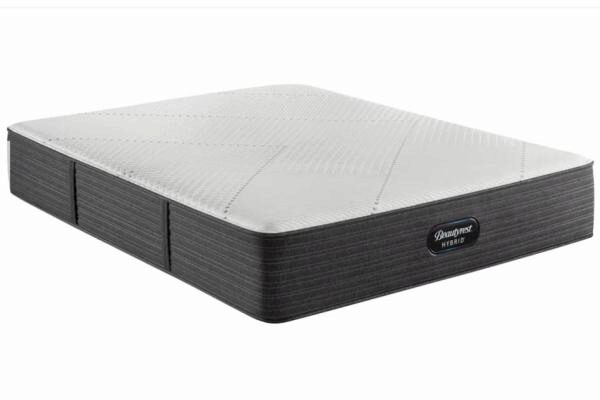Ergonomics is the science of designing and arranging objects and spaces in a way that maximizes efficiency, comfort, and safety for the user. When it comes to kitchen design, incorporating ergonomic principles is crucial to creating a functional and user-friendly space. Here are ten main principles of ergonomics that should be considered when designing a kitchen.1. Ergonomic Kitchen Design Principles
The kitchen is one of the most frequently used spaces in a home, and a well-designed kitchen can greatly improve the overall functionality and enjoyment of this important room. By incorporating ergonomic principles into the design, you can create a kitchen that not only looks great but also makes daily tasks easier and more efficient.2. The Importance of Ergonomics in Kitchen Design
There are several ways to incorporate ergonomic principles into kitchen design. This can include choosing the right layout, selecting appliances and fixtures with user-friendly features, and paying attention to details such as lighting and storage. By considering these elements, you can create a kitchen that is both aesthetically pleasing and practical.3. How to Incorporate Ergonomics into Kitchen Design
The layout of a kitchen is one of the most important factors in creating an ergonomic design. The classic work triangle, which consists of the sink, stove, and refrigerator, should be arranged in a way that minimizes the distance between them. This allows for easy movement and efficient workflow while cooking and preparing meals.4. Creating a Functional and Ergonomic Kitchen Layout
When choosing appliances for your kitchen, it's important to consider their ergonomic features. Look for appliances with adjustable heights, such as ovens and dishwashers, to accommodate different users. Also, consider appliances with features like soft-close doors and drawers, which can prevent strain and injuries.5. Ergonomic Considerations for Kitchen Appliances
Ergonomics is not just about functionality, but also safety and comfort. When designing a kitchen, it's important to consider the height of countertops, cabinets, and other features to ensure they are easily accessible and comfortable to use. This can help prevent strain and injuries, especially for those with mobility limitations.6. Designing a Safe and Comfortable Kitchen with Ergonomics
Kitchen cabinets are an essential element of kitchen design, and incorporating ergonomic principles into their design can greatly improve their functionality. Features such as pull-out shelves and drawers, adjustable shelves, and easy-to-reach heights can make a big difference in the usability of cabinets and reduce strain on the user's body.7. The Role of Ergonomics in Kitchen Cabinet Design
An ergonomic kitchen design not only improves functionality and comfort but can also maximize space and efficiency. By utilizing vertical space with tall cabinets and incorporating smart storage solutions, such as pull-out pantry shelves and corner cabinets, you can make the most of your kitchen's square footage and make tasks more efficient.8. Maximizing Space and Efficiency with Ergonomic Kitchen Design
There are many common challenges when it comes to kitchen design, such as limited space, difficult corners, and awkward layouts. By applying ergonomic principles, these challenges can be addressed and solved in a way that improves functionality and usability. For example, incorporating a lazy Susan in a corner cabinet can make it easier to access items in the back.9. Ergonomic Solutions for Common Kitchen Design Challenges
Universal design is the concept of creating spaces that are accessible and user-friendly for people of all ages and abilities. By incorporating universal design principles into kitchen ergonomics, you can create a space that is not only functional and safe but also inclusive and accommodating for everyone. In conclusion, incorporating ergonomic principles into kitchen design is essential to creating a functional, safe, and comfortable space. By considering the layout, appliances, safety, and efficiency, and incorporating universal design, you can create a kitchen that is not only aesthetically pleasing but also practical and user-friendly for everyone.10. Incorporating Universal Design Principles in Kitchen Ergonomics
The Importance of Ergonomics in Kitchen Design
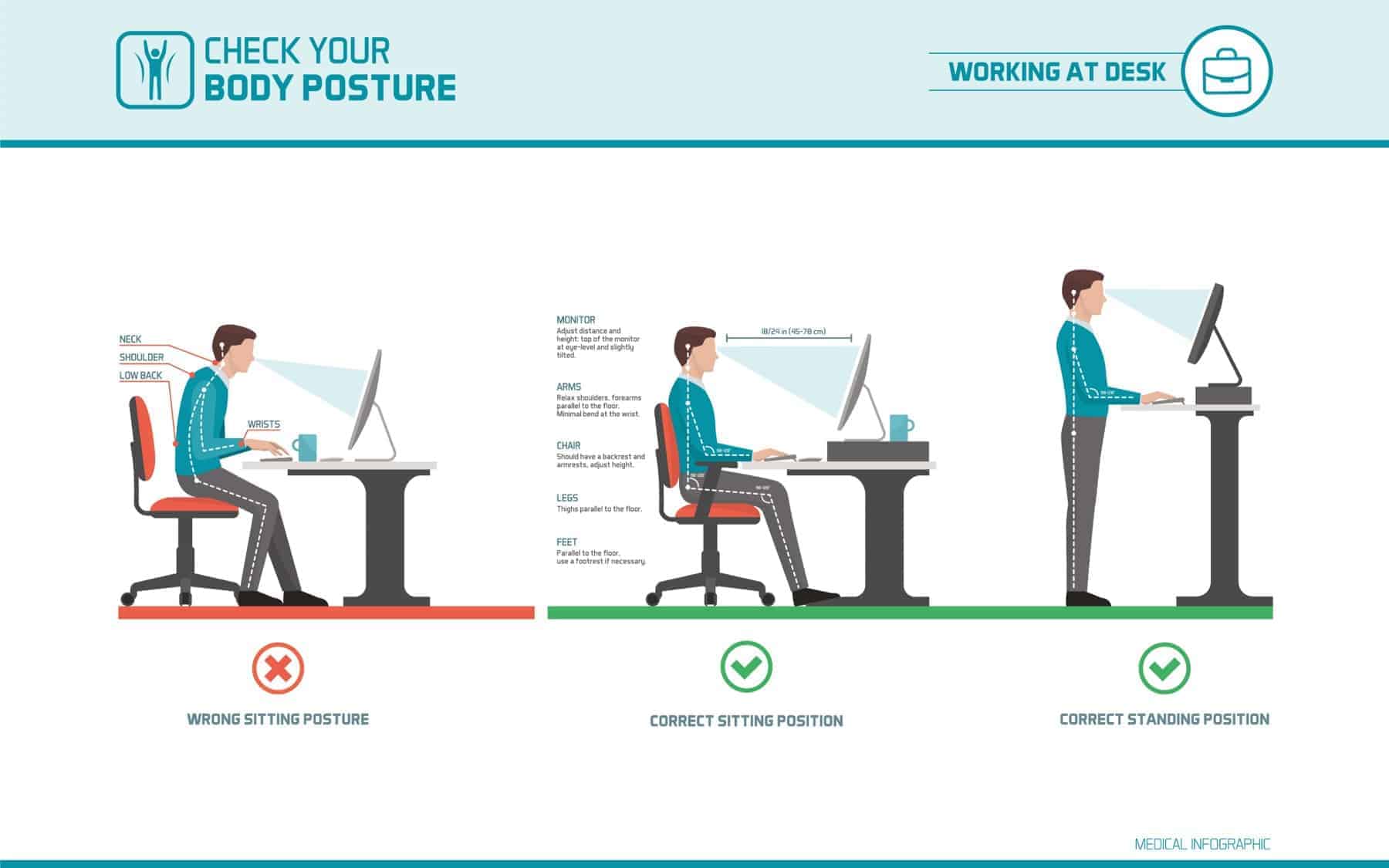 Ergonomics is the study of designing workspaces and products that fit the human body and its movements, in order to maximize efficiency and reduce discomfort or injury. In recent years, the principles of ergonomics have become increasingly important in kitchen design, as people spend more and more time in this essential space of their homes. The kitchen is not only a place for cooking, but also for socializing and entertaining, making it crucial to have a well-designed and comfortable space. In this article, we will explore the key principles of ergonomics in kitchen designing and how it can improve the functionality and overall experience of the space.
Ergonomics is the study of designing workspaces and products that fit the human body and its movements, in order to maximize efficiency and reduce discomfort or injury. In recent years, the principles of ergonomics have become increasingly important in kitchen design, as people spend more and more time in this essential space of their homes. The kitchen is not only a place for cooking, but also for socializing and entertaining, making it crucial to have a well-designed and comfortable space. In this article, we will explore the key principles of ergonomics in kitchen designing and how it can improve the functionality and overall experience of the space.
Maximizing Space and Functionality
 One of the main goals of ergonomics in kitchen design is to maximize the use of space while ensuring that it is functional and efficient for the user. This can be achieved through proper placement of appliances, work surfaces, and storage areas. For example, the
stove
and
oven
should be placed near the sink and refrigerator to create a functional
work triangle
, minimizing the need for unnecessary movement and reducing strain on the body. In addition,
cabinets
and
drawers
should be strategically placed at a reachable height and depth, to avoid excessive bending or stretching.
One of the main goals of ergonomics in kitchen design is to maximize the use of space while ensuring that it is functional and efficient for the user. This can be achieved through proper placement of appliances, work surfaces, and storage areas. For example, the
stove
and
oven
should be placed near the sink and refrigerator to create a functional
work triangle
, minimizing the need for unnecessary movement and reducing strain on the body. In addition,
cabinets
and
drawers
should be strategically placed at a reachable height and depth, to avoid excessive bending or stretching.
Consideration for Different Users
 When designing a kitchen, it is important to consider the needs and abilities of different users. This includes people of different heights, ages, and physical abilities. For example, a
pull-out cutting board
can be installed at different heights to accommodate users of different heights. This not only makes the space more accessible, but also promotes proper posture and reduces strain on the body.
When designing a kitchen, it is important to consider the needs and abilities of different users. This includes people of different heights, ages, and physical abilities. For example, a
pull-out cutting board
can be installed at different heights to accommodate users of different heights. This not only makes the space more accessible, but also promotes proper posture and reduces strain on the body.
Comfort and Safety
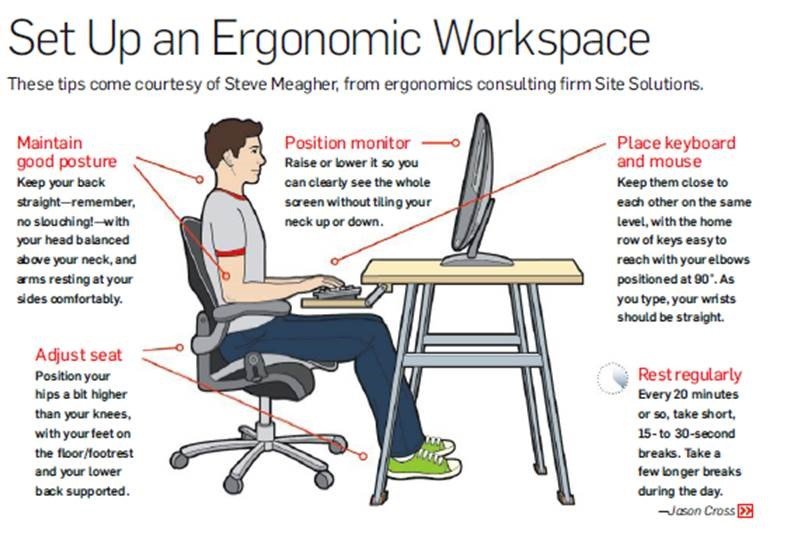 Ergonomics in kitchen design also focuses on creating a comfortable and safe environment for the user. This includes factors such as proper lighting, ventilation, and materials used. It is important to have adequate lighting in the kitchen to avoid eye strain and potential accidents. In addition, good ventilation is crucial to remove cooking odors and prevent the buildup of harmful gases. Choosing the right materials, such as non-slip flooring and rounded countertops, can also improve safety and reduce the risk of accidents.
In conclusion, incorporating the principles of ergonomics in kitchen design can greatly improve the functionality, comfort, and safety of the space. By considering the needs of different users and maximizing space and functionality, a well-designed kitchen can enhance the overall experience of cooking and socializing in this essential part of the home. When planning your next kitchen renovation, be sure to keep these key principles in mind for a more efficient and enjoyable space.
Ergonomics in kitchen design also focuses on creating a comfortable and safe environment for the user. This includes factors such as proper lighting, ventilation, and materials used. It is important to have adequate lighting in the kitchen to avoid eye strain and potential accidents. In addition, good ventilation is crucial to remove cooking odors and prevent the buildup of harmful gases. Choosing the right materials, such as non-slip flooring and rounded countertops, can also improve safety and reduce the risk of accidents.
In conclusion, incorporating the principles of ergonomics in kitchen design can greatly improve the functionality, comfort, and safety of the space. By considering the needs of different users and maximizing space and functionality, a well-designed kitchen can enhance the overall experience of cooking and socializing in this essential part of the home. When planning your next kitchen renovation, be sure to keep these key principles in mind for a more efficient and enjoyable space.




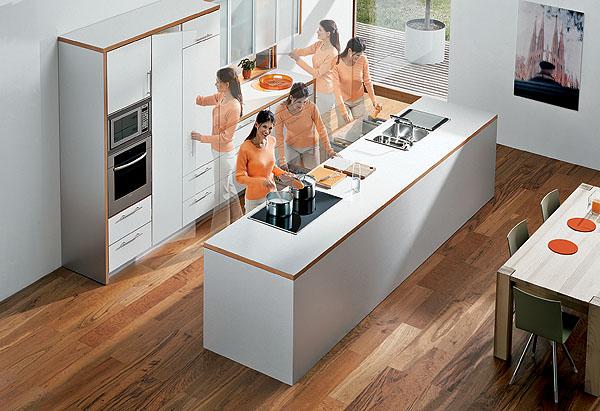

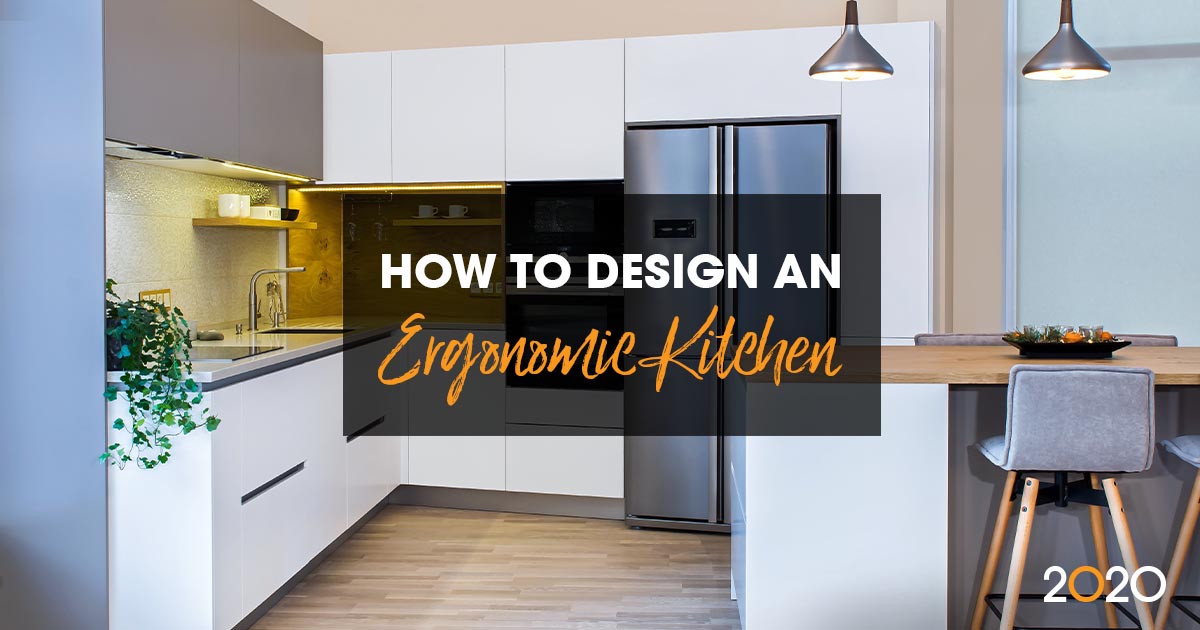
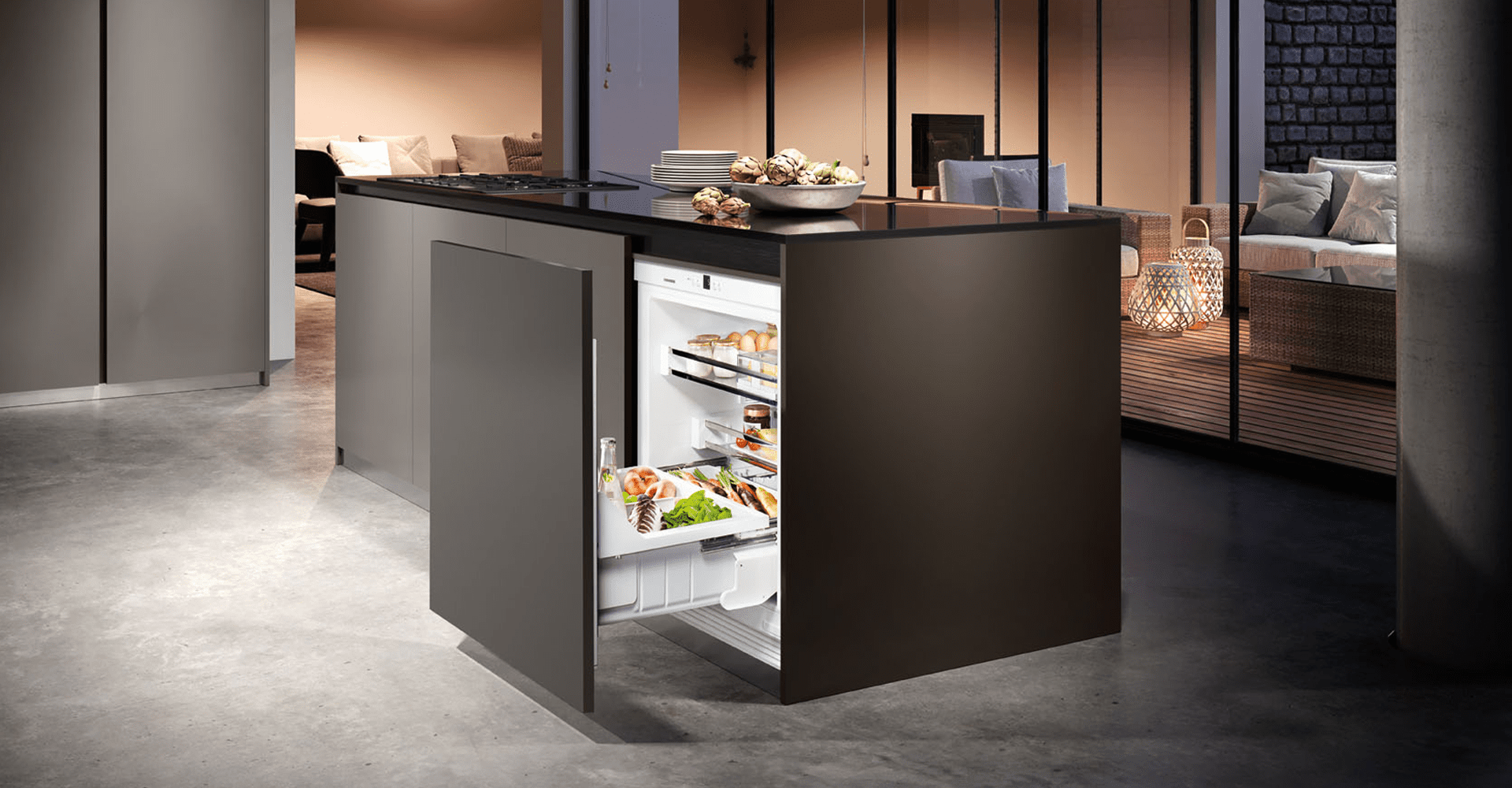



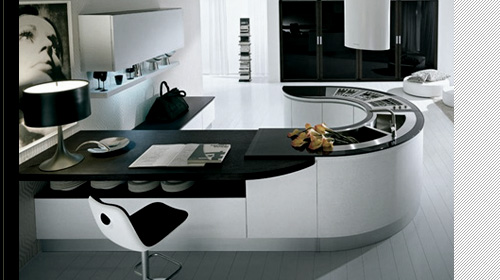

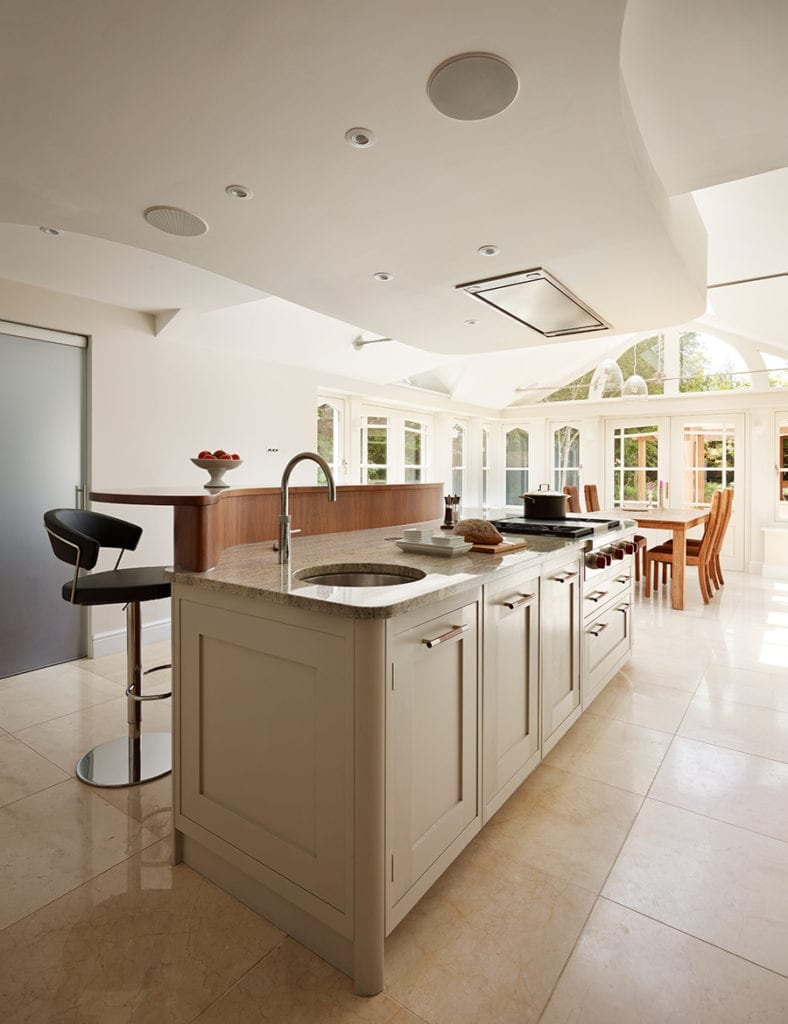







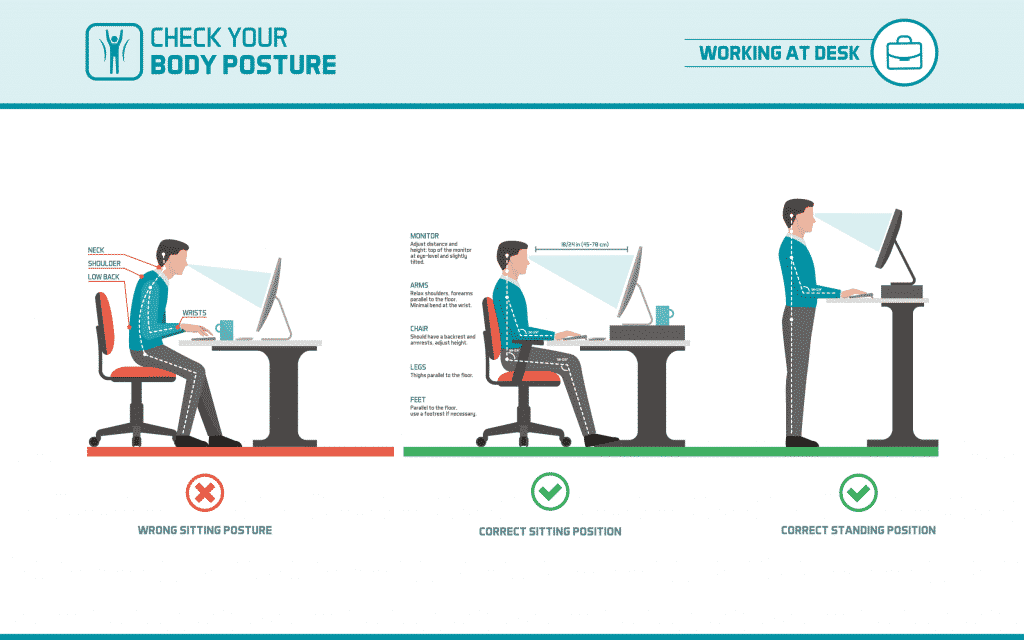

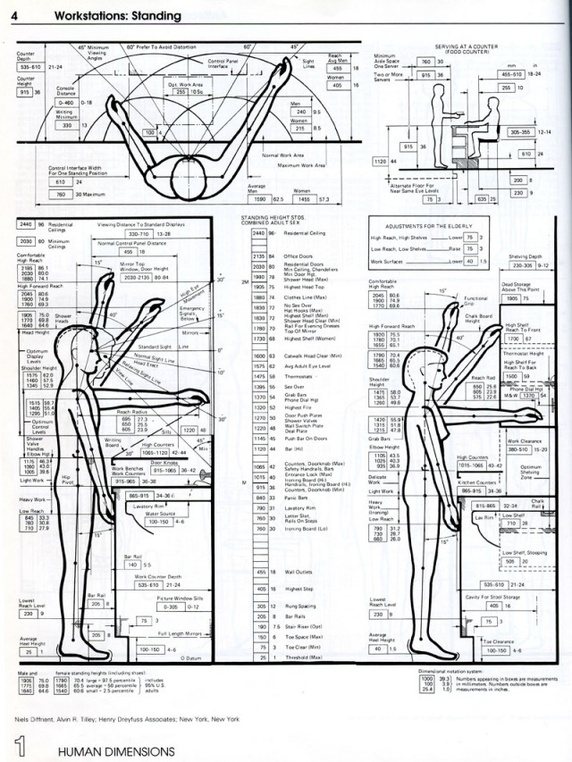




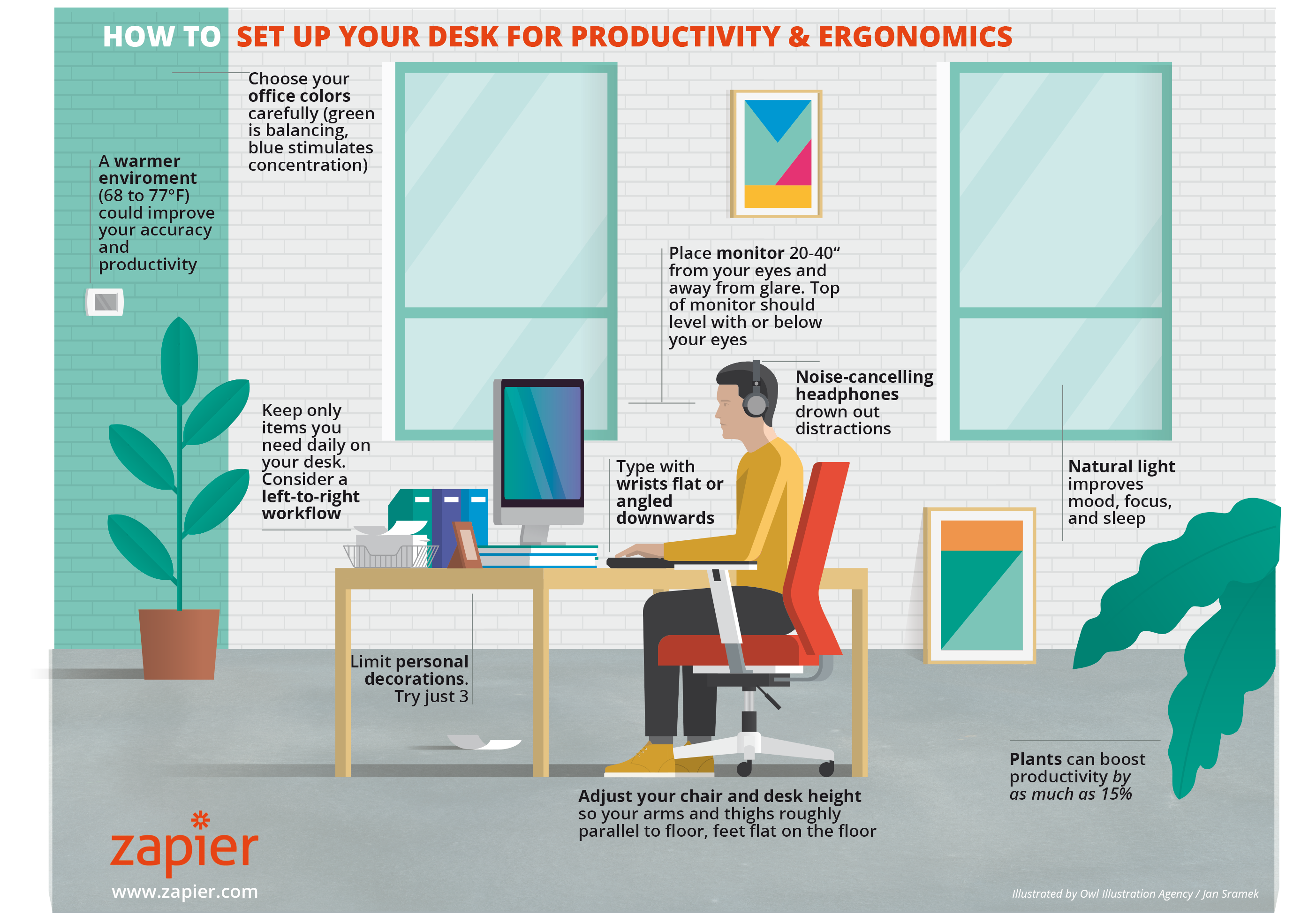


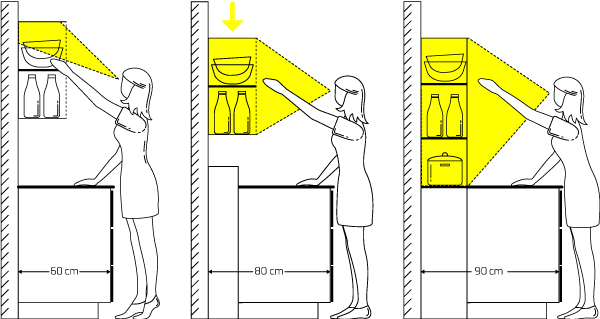



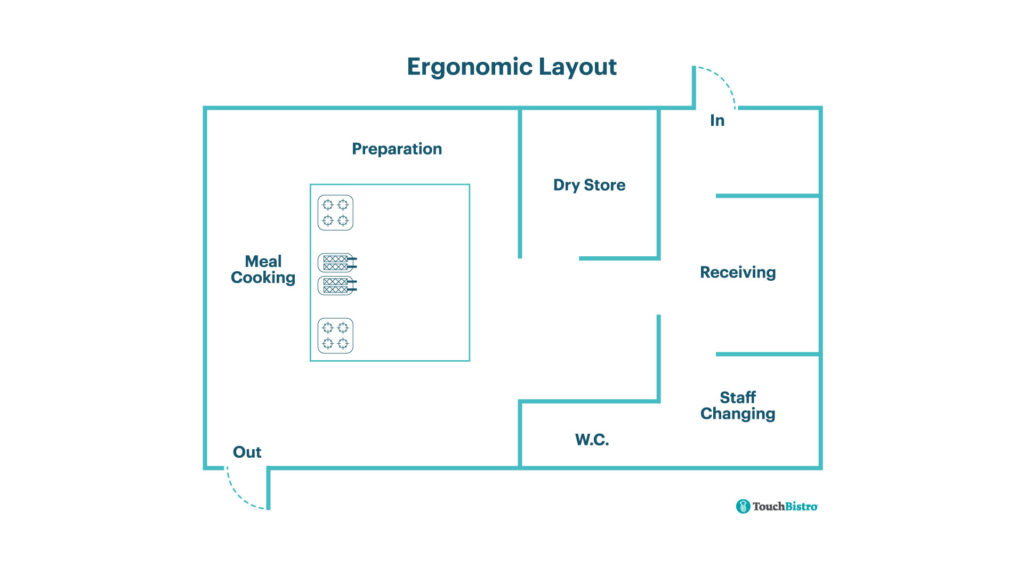


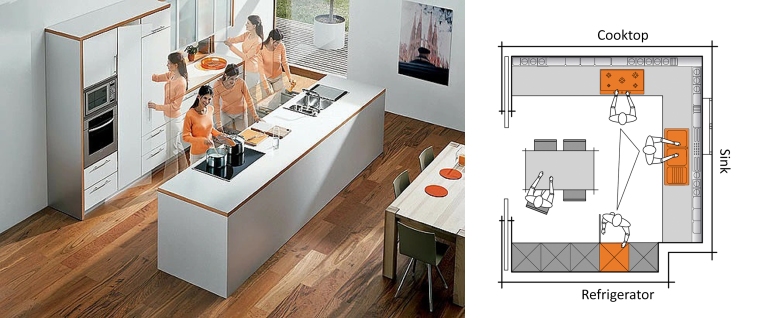
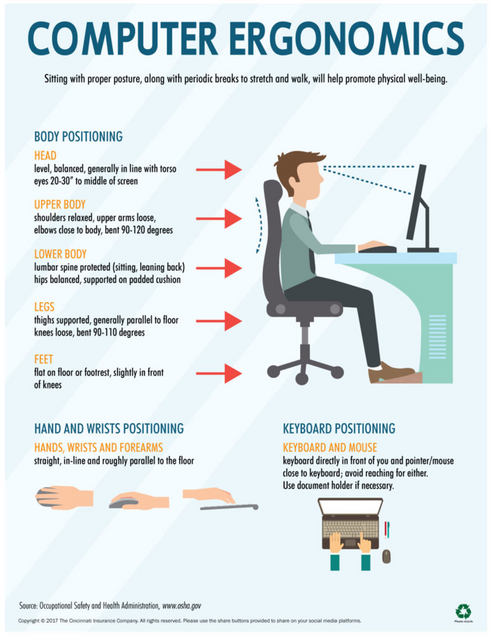



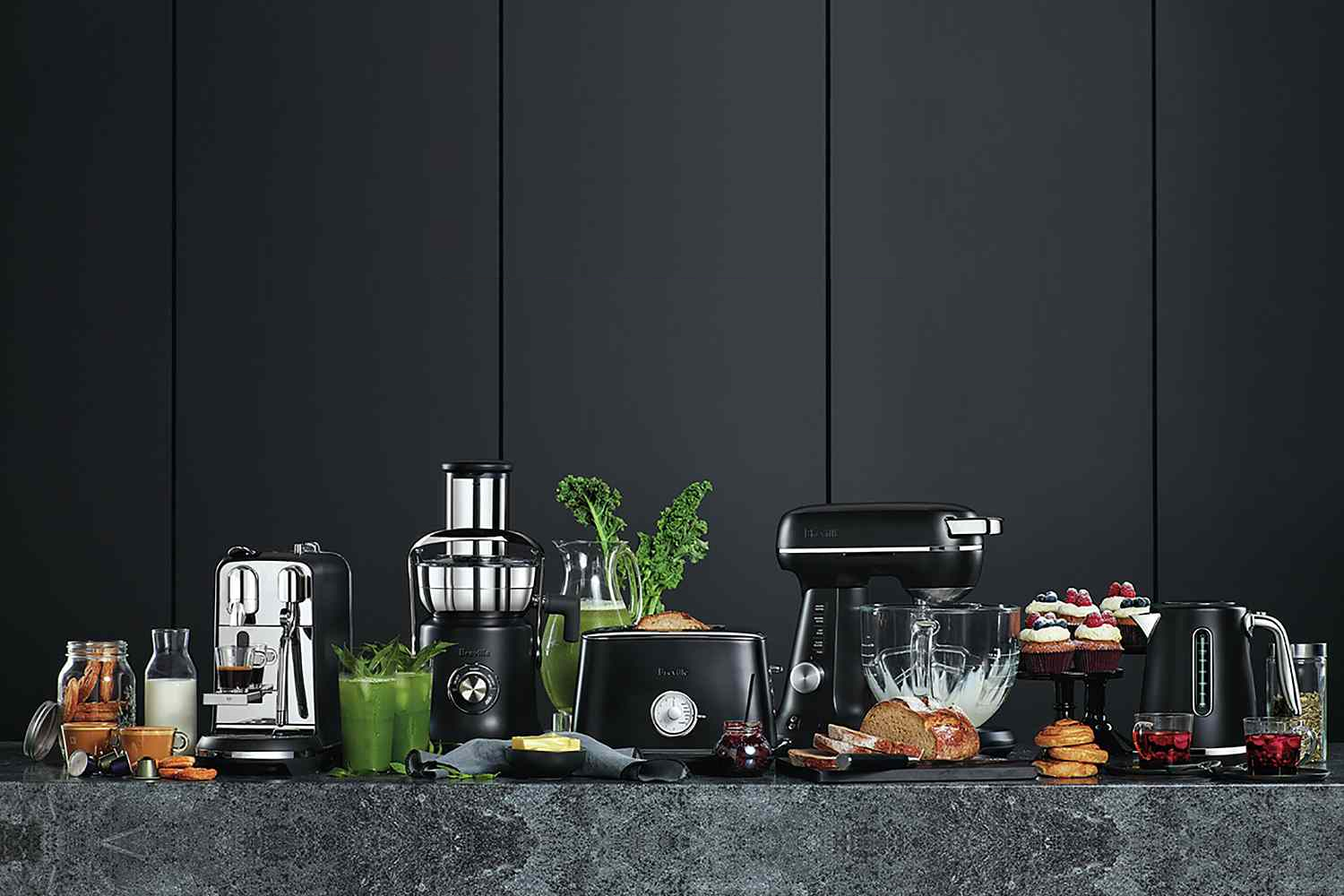


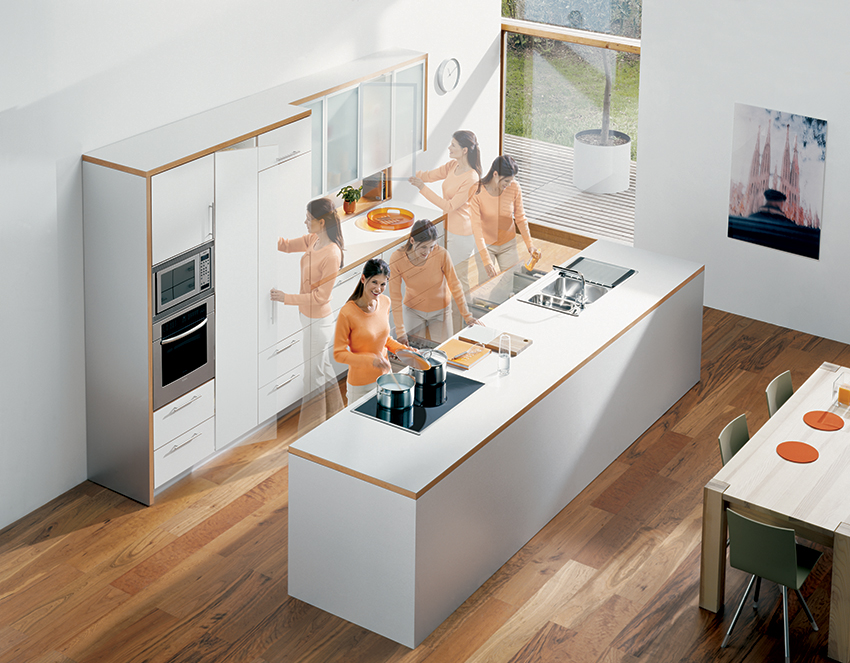






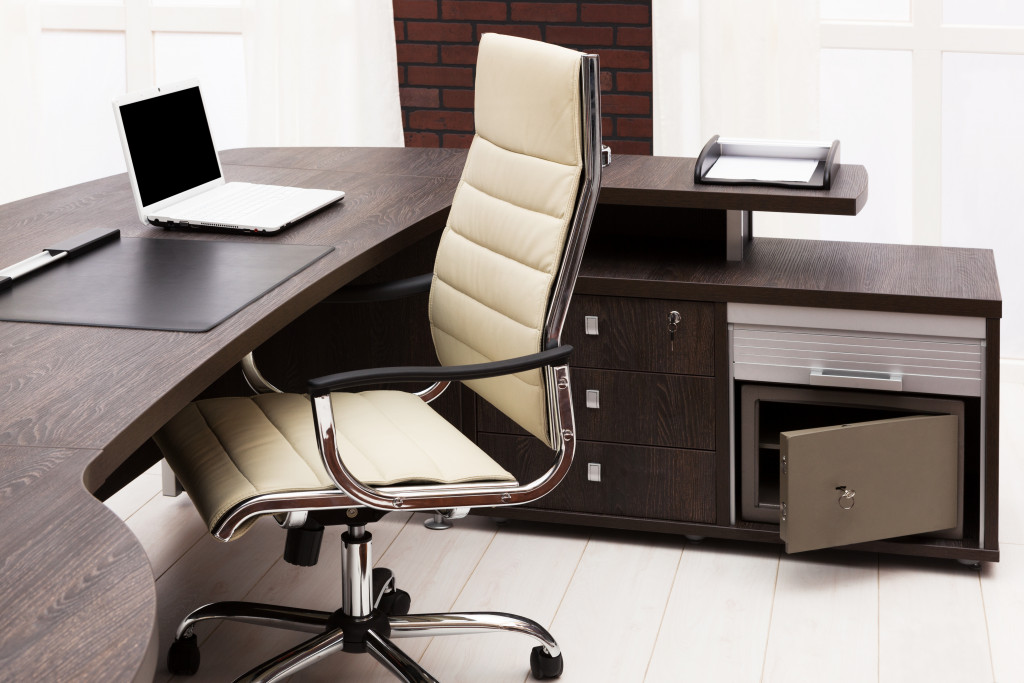









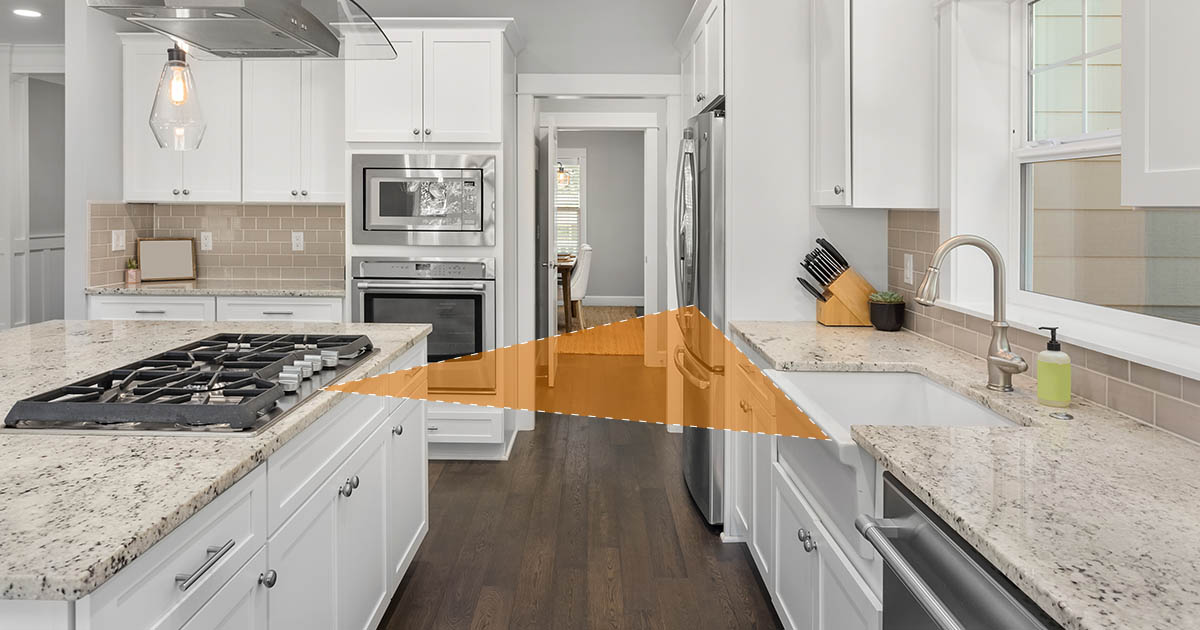


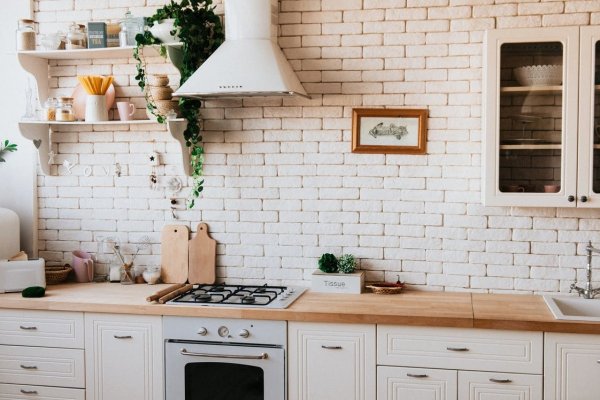

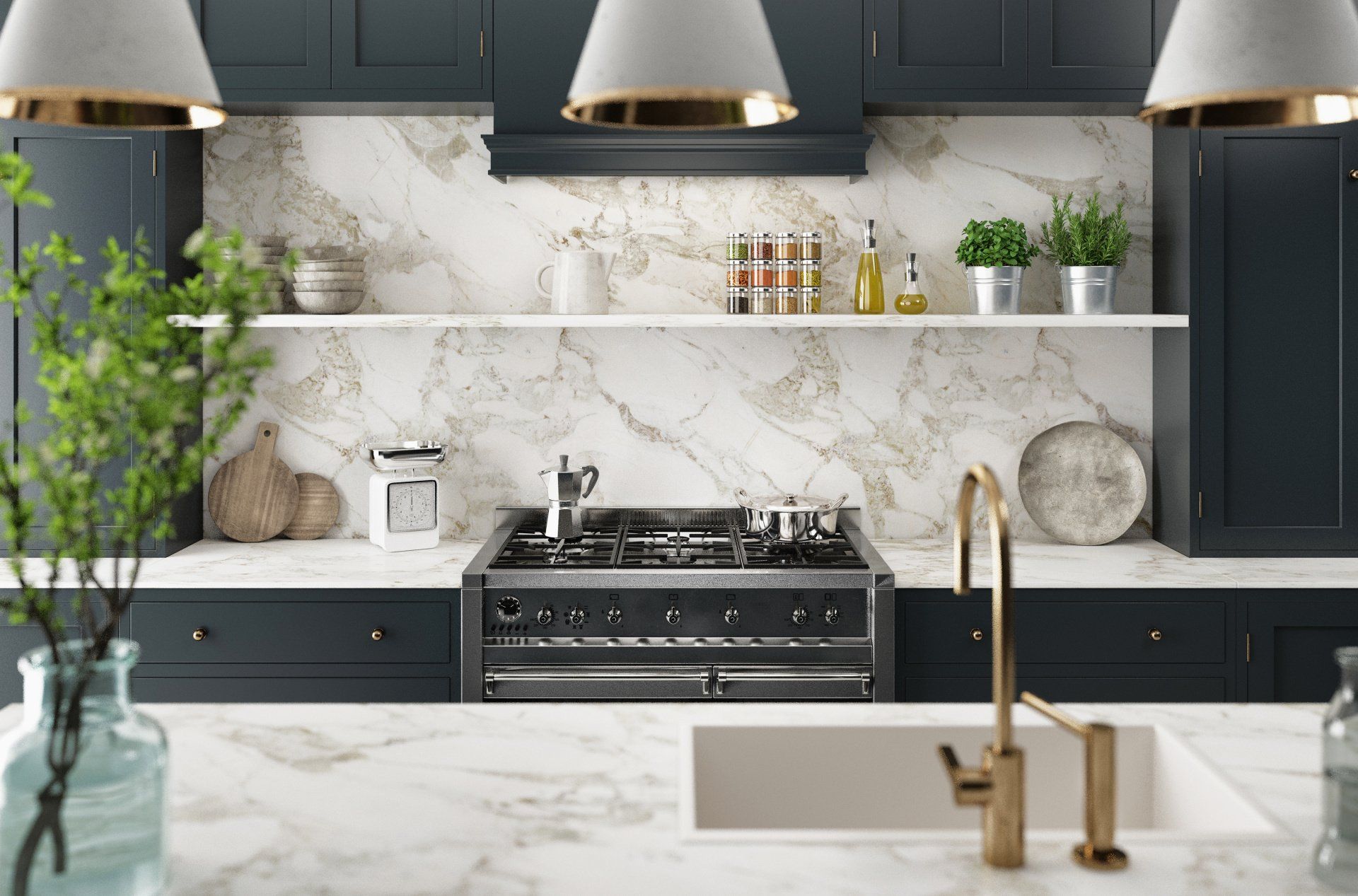

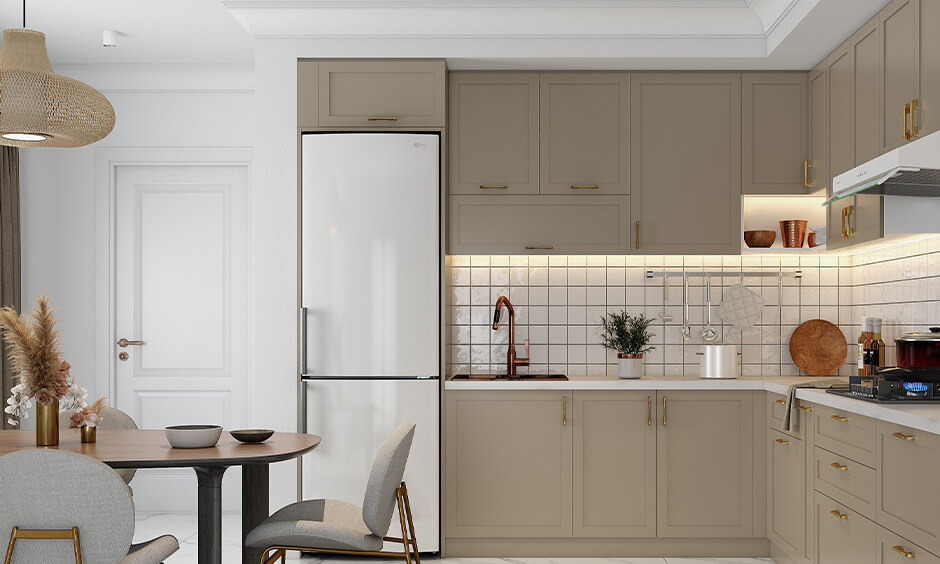
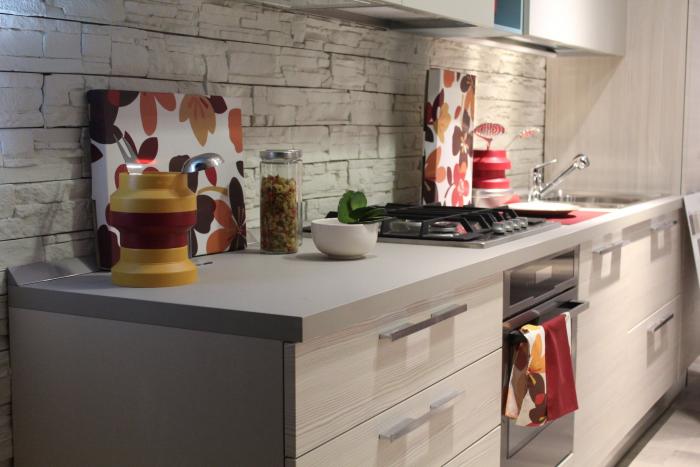




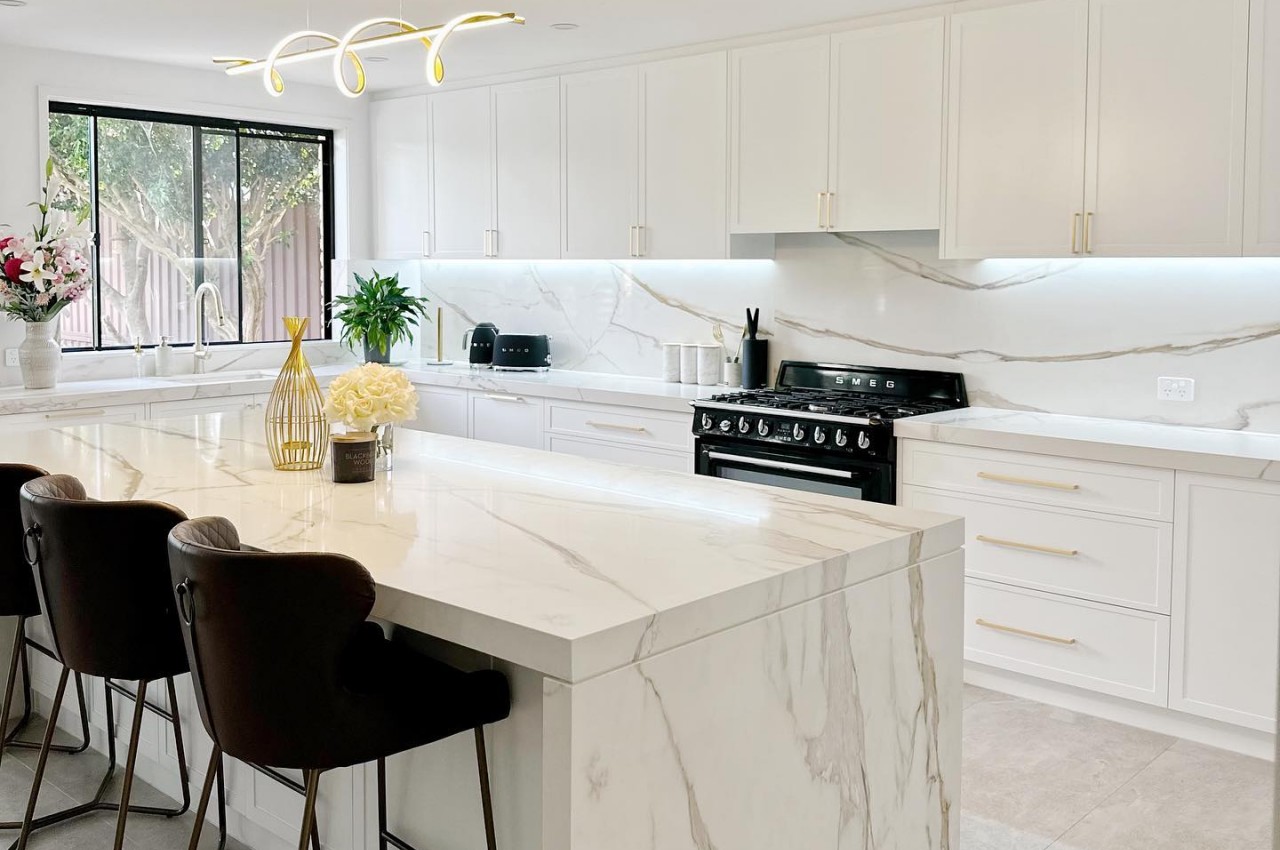
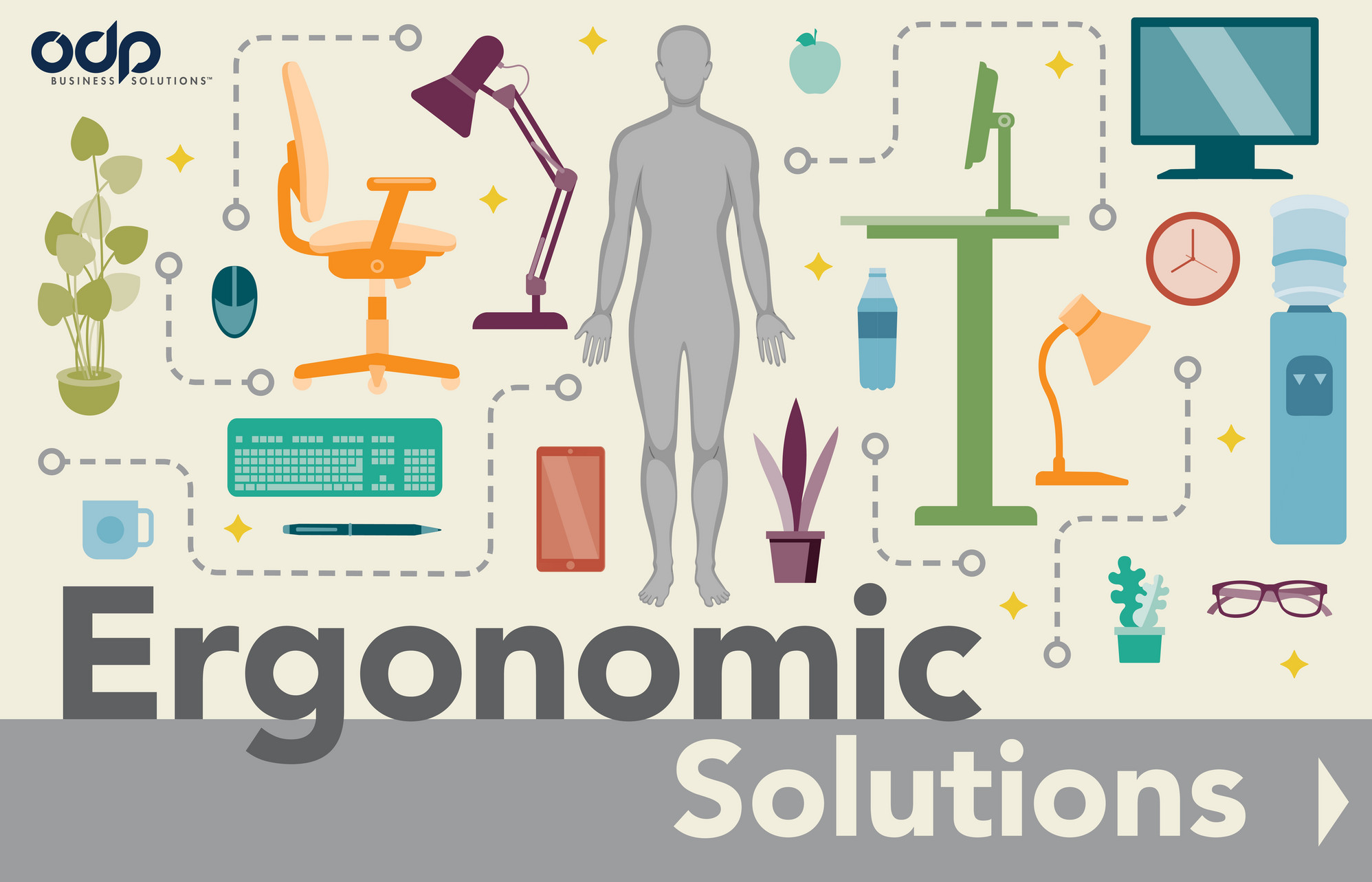
:max_bytes(150000):strip_icc()/kitchen-universal-design-exposed-beams-island-Af_U0QvFKJj9ujO55P92O5-fce9e8fa10024d558585ddc819844fd5.jpg)


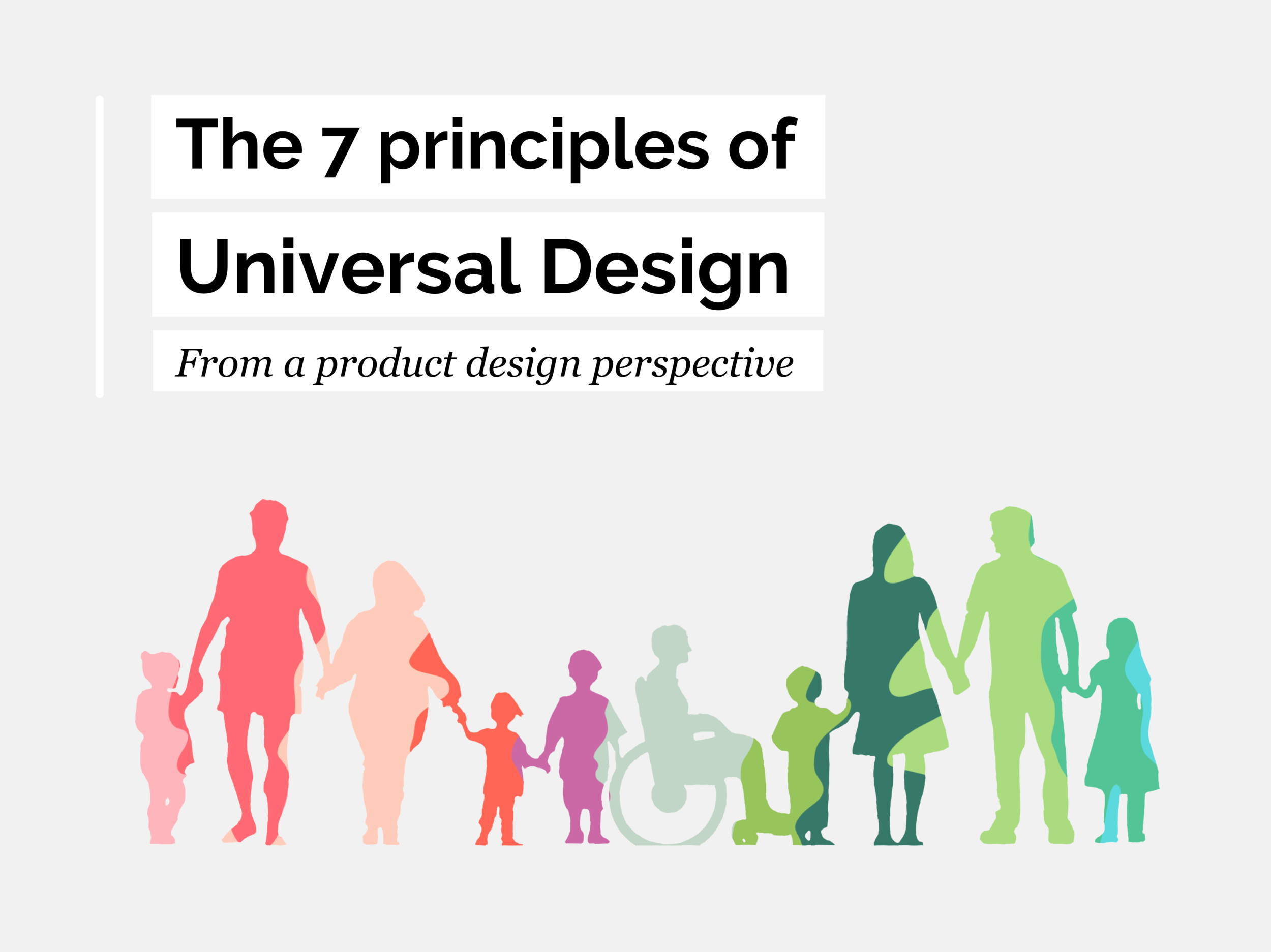.png)

